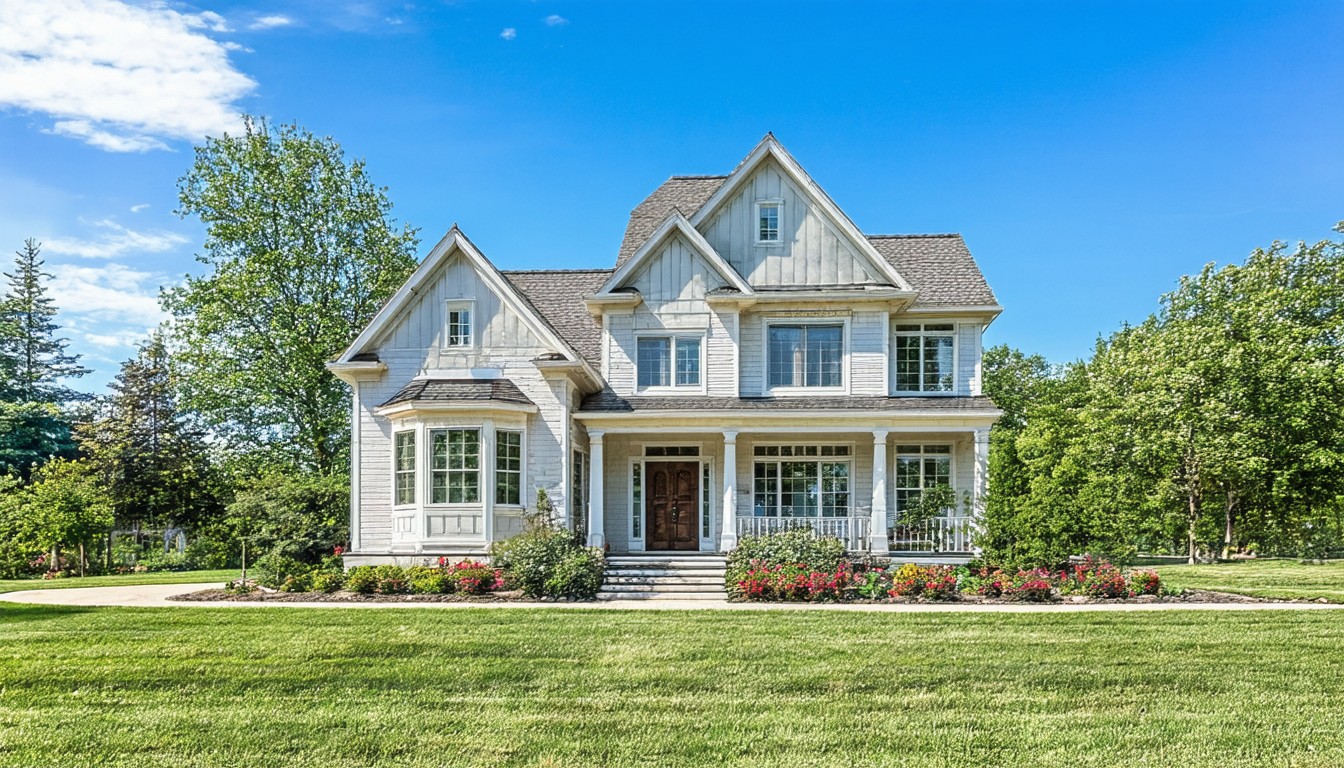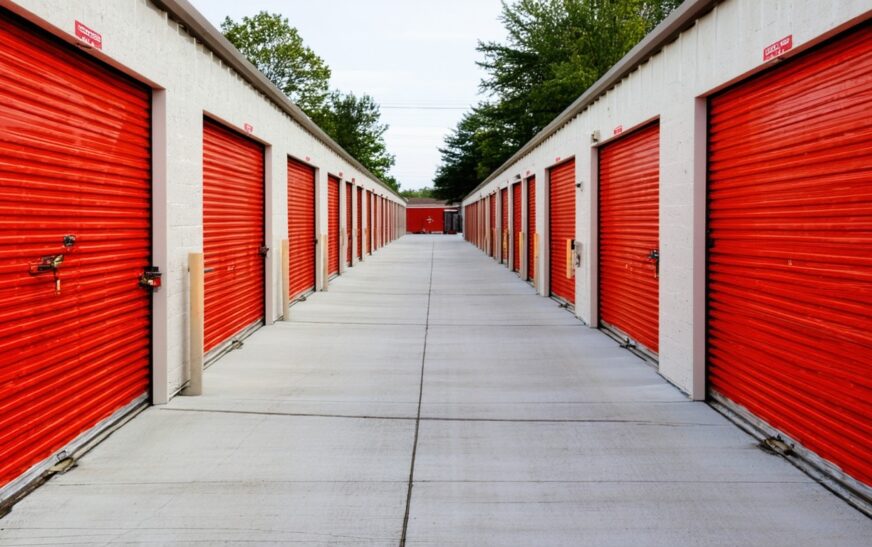Looking for “houses for sale near me” has become more than a search query—it’s a journey that marks the beginning of a new chapter. Whether you’re a first-time homebuyer, moving for a new opportunity, or looking to invest, the process of finding homes for sale nearby involves strategy, timing, and robust local research. In this guide, we’ll explore the ins and outs of finding the best local listings, compare neighborhoods, and offer data-driven insights to help you make a confident decision.
Understanding the Local Housing Market
Staying informed about your local real estate market is crucial. Not all neighborhoods are created equal, and factors such as price trends, inventory, amenities, and schools play a significant role in your investment.
Current Trends Shaping Local Home Searches
Across the U.S., housing inventory remains tight, with many markets seeing multiple-offer situations. According to the National Association of Realtors (NAR), existing-home sales decreased by 2.4% in early 2024, but median prices rose by 4.7% year-over-year due to limited supply.
“Local market knowledge has never been more critical; buyers should monitor neighborhood trends and act decisively when the right home appears.”
— Jessica Lautz, Deputy Chief Economist, NAR
Additionally, remote work has shifted buyer priorities, increasing interest in suburban and smaller city markets where homes offer more space and privacy.
How to Efficiently Search for Houses for Sale Near Me
Your journey should start with a comprehensive plan that combines powerful online tools and local expertise.
Leveraging Technology for Smarter Searches
- Real Estate Portals: Websites like Zillow, Realtor.com, and Redfin feature robust search filters for location, price, property type, and features.
- Map-Based Tools: Interactive map searches let you see distances to schools, workplaces, and amenities.
- Email Alerts & Apps: Setting up alerts ensures you’re the first to know when new listings appear in your area.
Partnering with Local Real Estate Agents
Local agents offer exclusive access to pre-market homes and deep knowledge of market nuances. They can also negotiate on your behalf and recommend trusted inspectors and contractors.
Comparing Neighborhoods: What Matters Most?
When browsing houses for sale near you, compare neighborhoods carefully. Here’s a side-by-side breakdown of what to evaluate:
| Feature | Neighborhood A | Neighborhood B | Neighborhood C |
|———————|—————–|——————|——————|
| Median List Price | $425,000 | $390,000 | $470,000 |
| School Rating* | 9/10 | 7/10 | 8/10 |
| Crime Rate | Low | Moderate | Low |
| Walkability Score | 68 | 53 | 77 |
| Avg. Days on Market | 21 | 35 | 14 |
*According to GreatSchools.org 2024
Key Takeaways:
– Shorter days on market often signal higher demand or competitive offers.
– Consider both price and neighborhood features like walkability, safety, and school quality.
The Homebuyer Checklist: From Search to Closing
Jumping into homeownership requires preparation, patience, and organization. Here’s a step-by-step checklist to streamline your journey:

1. Get Pre-Approved for a Mortgage
Sellers take pre-qualified buyers more seriously, and you’ll know exactly what you can afford.
“Pre-approval can make your offer stand out, particularly in competitive markets,” notes Mortgage Bankers Association data.
2. Define Your Priorities
List your must-haves and deal-breakers. Think about layout, yard size, commute, or HOA rules.
3. Attend Open Houses & Schedule Private Tours
Open houses are a great first step, but private showings allow for deeper inspection and specific questions for the listing agent.
4. Make Competitive Offers
Work with your agent to review recent sales and set a compelling offer. In markets with bidding wars, be prepared to move quickly.
5. Negotiate and Inspect
After your offer is accepted, schedule an inspection to identify repairs or negotiating points. Even “move-in ready” homes can have hidden issues.
Financing Options and Down Payment Assistance
You don’t always need 20% down. In fact, the average first-time buyer puts down just 6%, according to NAR.
Popular Mortgage Types
- Conventional Loans: Usually require 5–20% down, best rates for strong credit.
- FHA Loans: Down payments as low as 3.5%, popular with first-timers.
- VA Loans: No down payment for eligible veterans.
- USDA Loans: No down payment for qualifying rural properties.
| Loan Type | Minimum Down Payment | Eligible Buyers | Credit Score Needed |
|——————|———————|——————-|——————–|
| Conventional | 5–20% | Most buyers | 620+ |
| FHA | 3.5% | First-time buyers | 580+ |
| VA | 0% | Veterans | 620+ (guideline) |
| USDA | 0% | Rural buyers | 640+ |
Additional state and local down payment assistance programs can further reduce your upfront costs.
Navigating Open Houses and Virtual Tours
Open houses remain a traditional way to explore homes in person, but virtual tours have gained traction post-pandemic. High-quality VR tours let you “walk through” homes from anywhere, narrowing your list before committing to in-person visits.
“Today’s buyers expect immersive online experiences, and sellers who offer virtual walkthroughs see up to 15% more engagement than those who don’t.”
Combine both approaches to optimize your time and confidently shortlist your favorites.
Important Pitfalls to Avoid When Buying Locally
- Overlooking Local Zoning or HOA Rules: Restrictions on rentals, renovations, or pets can be hidden surprises.
- Skipping due diligence: Always conduct thorough inspections and title reviews.
- Underestimating total cost: Beyond your mortgage, budget for taxes, insurance, HOA fees, and maintenance.
Working closely with a local real estate agent and mortgage advisor minimizes risks and unexpected expenses. If you’re considering new construction, understanding [[LINK url=”https://www.example.com/new-construction-homes-guide” anchor=”what to expect with new construction homes” reason=”to help buyers compare new builds vs. existing homes”]] may help you evaluate all your options.
The Future of Local Home Searches
Advanced AI tools and data-driven platforms are reshaping how buyers find local homes. Expect continued integration of predictive analytics, instant financing pre-approvals, and neighborhood “matchmaking” tools that help you assess where you’ll thrive, not just where you’ll live.
“The buying experience will only get more personalized. Soon, your search results will factor in everything from your lifestyle to local price forecasts in real-time,” predicts real estate tech analyst Melinda Chou.
Summary
Finding “houses for sale near me” is about so much more than scanning listings. It demands a strategic blend of data analysis, neighborhood research, and hands-on exploration. By leveraging modern technology, working with trusted local agents, and staying grounded in your priorities, you can navigate the local homebuying process smoothly and confidently.
FAQs
How do I find the best houses for sale near me?
Start by using reputable online real estate portals and set search filters for your preferred neighborhoods, price range, and must-have features. Partnering with a local real estate agent can also uncover off-market opportunities.
Do I need a real estate agent to buy a home nearby?
While not strictly required, an agent brings valuable local insight, negotiation skills, and helps handle complex paperwork, making the process less stressful and more efficient.
What should I watch out for when touring a home?
Look for signs of deferred maintenance, structural issues, and ask about the age of major systems like HVAC, plumbing, and roofing. Don’t forget to review HOA rules and neighborhood amenities.
Can I buy a local home with less than 20% down?
Yes, many buyers use FHA, VA, or USDA loans that allow lower or even zero down payments. Shop for mortgage options and ask about local down payment assistance programs.
What factors most impact local home prices?
Neighborhood amenities, school quality, crime rates, proximity to jobs, and current supply vs. demand are major drivers of price differences between areas.








